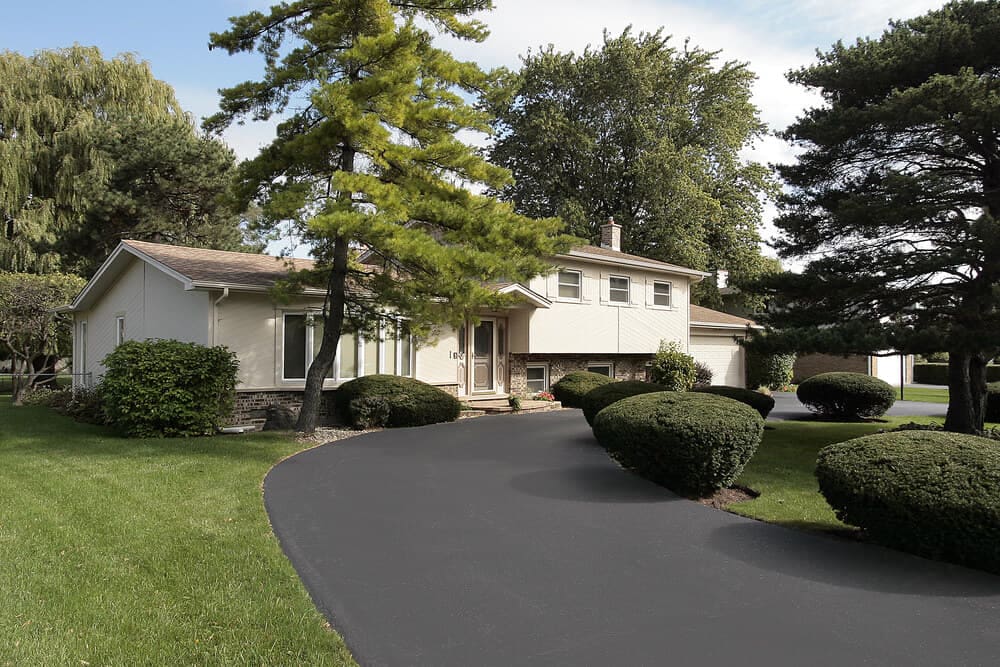Cracks in Driveway and Sidewalk: Slabjacking Can Help

Applying an overlay to your driveway is fine if you are just looking to make the driveway look smooth again, but it won’t help you repair any cracks underneath or level the concrete. If you have a concrete slab for a driveway, there are a few reasons your driveway may be cracking: pressure and wear from vehicles; plant roots growing under the concrete and moving the soil; or water saturating the soil under and around it, creating pressure. For sidewalks, water or plants may also be the reason for cracks.
A group of large cracks is indicative of severe structural failure. This needs to be fixed as soon as possible. Because of rain turning dirt to a runny slurry, the soil may have significantly moved under the concrete slab. This shifts the slab as well as creates pockets of soil underneath.
Applying a seal coat or using a cement mix from the hardware or home improvement store to fill cracks does not address the root problem of the shifting, which could be soil saturation. If your home’s landscaping is not graded correctly, water may pool along the edges of the driveway. Make sure the land slopes away from your home’s foundation and the sides of the driveway. The sidewalk leading to your home is also at risk of soil saturation if the ground around it does not slope away from the concrete.
Once the soil under the sidewalk or driveway no longer is firm, shifting occurs. You have the option to remove the concrete slab and redo the driveway or sidewalk — or you could invest in slabjacking. Slabjacking is a cost-effective method used to stabilize the ground beneath the concrete and level the driveway/sidewalk. Slabjacking does not work on asphalt.
If you choose slabjacking after consulting with an expert, here’s how it works: Very small holes are drilled into the concrete. Foam is injected into the holes and the soil under the concrete slab. The foam expands to fill any pockets and stabilize the slab. The foam lifts the slab so it becomes level and has a hard surface to rest on again.
How long slabjacking lasts is dependent on a few factors. The expanding foam itself is manufactured to remain stable for decades, but if the land is not properly graded, erosion and shifting will occur again. If you have shrubs or trees lining the driveway or sidewalk, the roots will continue to grow under the concrete and move the soil. Constant freezing and thawing can also crack concrete.
From an economic standpoint, slabjacking is less expensive than replacing a concrete slab. However, if the concrete is severely deteriorating and crumbling in large areas, slabjacking will be ineffective; you’ll need to replace the slab. This is why it is important to contact a professional to assess the situation when you first see cracks appear in your driveway or sidewalk.
Acculevel is a foundation and basement repair and waterproofing company, but we also do slabjacking for driveways and sidewalks. We know the best way to fix concrete slabs, and our experienced staff is ready to help you address any concrete issues. We recommend an assessment before deciding on slabjacking because you might only need a few cracks filled. We don’t believe in doing unnecessary work and strive to be honest about what needs to be done. After we lift or repair your driveway or sidewalk, we’d love to talk to you about how to keep the area as dry as possible. We’d also be happy to look at your foundation, basement, or crawl space to determine if water has caused problems there. For a free in-home estimate, call us at (866) 669-3349 or email us at [email protected].
